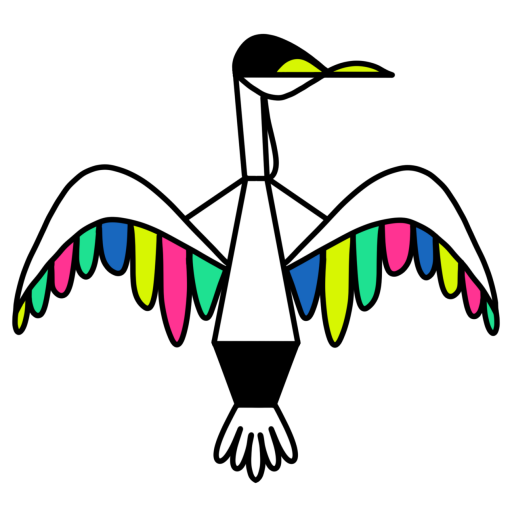Green, mobile barrier to stop the floating trash in the canal
Every day you can see floating trash on the water of the canal, lots of trash. And that trash can end up in the sea via the Scheldt river if it is not cleaned up. Every year, at least 8 million tons of waste ends up in the oceans, a large part of which via canals and rivers. This is a very serious global environmental problem that threatens all forms of life in the rivers and oceans as well as humans when the plastic breaks down into microplastics and enters the food chain. Since the creation of Canal It Up, we have been working on structural solutions to stop this flow of trash. That is why in 2020 we developed a green, mobile trash barrier that can efficiently stop the floating trash before it leaves Brussels.

It would be better to stop the trash before it ends up in the water. That’s why we already went to the Brussels and Flemish Parliaments to ask for the introduction in Belgium of a deposit on cans and plastic bottles and the use of more reusable packaging. We also suggest installing a plinth at the bottom of the railings along the quay of the canal to prevent waste from being blown into the water by the wind because that’s where most of the trash in the canal comes from. The floating trash in the canal is a translation of the litter we see in our cities and in our society, dirty streets means a dirty canal. Our consumption model must be drastically redesigned to a more circular consumption with much less disposable packaging. But going to a supermarket today we are overwhelmed with it. That is why waste will continue ending up in our waterways for a while and we need efficient solutions to get it out.
Actions are already being taken by the Port of Brussels to remove trash from the water (cleaning boats, litter traps) but these solutions are not sufficient to counteract the constant flow of trash. Moreover, the canal is first of all a waterway for the transport of boats. This makes the trash problem not an easy issue to solve. How do you stop the flow of trash without disrupting boat traffic? The Molenbeek lock, located at the height of the Ninove gate, could be the solution. Boats have to wait anyway until the doors of the lock open. Why not install a barrier in front of the lock that could effectively stop 100% of the trash?
Watch the video to see how the barrier would work.
We developed this idea technically and financially and presented it to the Port of Brussels as well as the Region. The barrier is made up of sturdy floating tubes that form a truss and would be placed diagonally over the entire width of the canal. The slow current of the water in the canal carries the trash forward until it is stopped by the barrier. There, it is pushed to the side by the current where it ends up in a litter trap. Once the waste ends up in the litter trap, it cannot get out, even when the wind changes direction. The litter trap can then be emptied from the quay by a truck with a crane or manually by means of fishing nets. The barrier is also equipped with a grid up to 50 cm below the water surface to stop that waste as well. On the left the barrier is attached to the quay via a hinge, on the right it is equipped with a motor to open and close. The lock keepers, who are always present, have a good view on the barrier, as soon as a boat is approaching they can open the barrier by pressing a button and close it again when the boat has passed. In the event of a power failure, the barrier would not open, but neither would the doors of the lock. In case another problem should occur, the barrier is equipped with a lever to open the barrier manually.
We wanted to go further than just developing a waste barrier. The installation must be part of the neighbourhood, it can add value to the neighborhood and mean a revival. It can become some kind of piece of art. That is why we approached Luc Schuiten, the architect and artist, to further develop the concept with him. That is how we came to the design of the green barrier. Luc Schuiten’s design can be seen at the top of this page. The barrier consists of floating islands full of aquatic plants that live with their roots in the water and extract their nutrients from the water. These are the same islands as the pilot project already installed in the canal by the Port of Brussels. The floating waste collides with a green ‘natural’ barrier in such a way that it stops the waste and forces it to move to the side. In this way we symbolically give a voice to nature that opposes the pollution in the water. It’s a powerful message. To make the area greener, additional islands with plants would be added against the quay.
The Port of Brussels is currently conducting a study on the problem of floating waste in the canal. Canal It Up, Brussels Environment and Vivaqua are following up on this study in a follow-up committee. Our waste barrier proposal will also be examined and it will be checked whether this is technically possible with the functioning of the lock. However, it is currently unknown when this study will be completed. The Port has committed itself to implement the recommendations of the study in order to efficiently stop the flow of waste.

